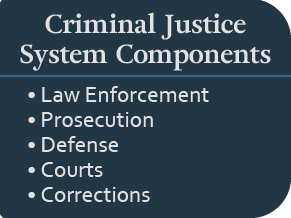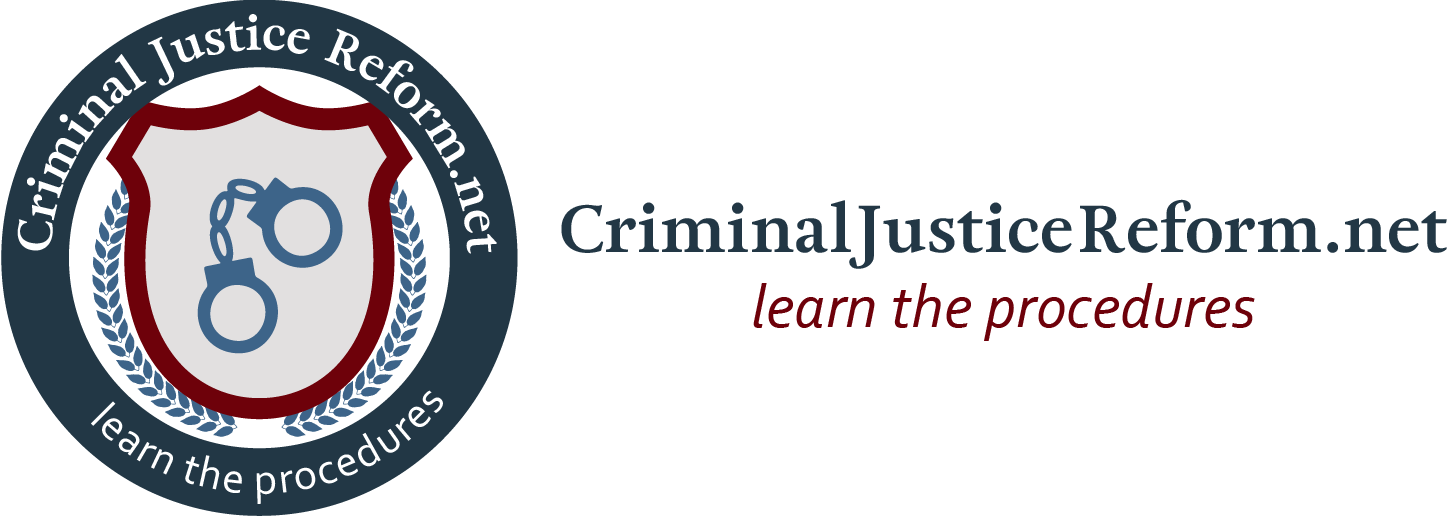The Criminal Justice System
When politicians talk about criminal justice reform, they are usually talking about current sentencing procedures, such as mandatory minimum sentences, or the rate at which the U.S. prison system’s population is increasing. But these topics only encompass a small part of the overall criminal justice system.
The U.S. criminal justice system actually is comprised of several individual, similarly-structured systems, each governed by a jurisdiction. These jurisdictions begin at the most local level—usually an incorporated municipality such as a city or town—and follow a chain of progression all the way to the federal government. Different jurisdictions mandate different laws and may utilize different agencies and methods in the enforcement of their codes. For example, the branches of the U.S. military abide by the Uniform Code of Military Justice.
Among the general American civilian population, the two most significant criminal justice systems at play are the state and federal systems.
Components and processes of a criminal justice system
Generally speaking, most criminal justice systems include five main components: law enforcement, prosecution, defense, courts, and corrections. Each of these components has a crucial role to play in the maintenance of the system and its processes.
Entry into the criminal justice system begins with an arrest by law enforcement. A suspect becomes a defendant once the prosecution brings formal charges in the case. The defendant then has the right to a defense attorney who will represent him or her throughout the court proceedings. The court process alone can be extremely long and arduous, and at its conclusion, the corrections process stands as the last step in the criminal justice system. This is the process by which convicted criminals make reparations to the state, whether by incarceration, community service, payment of fines, or some other form of punishment.

